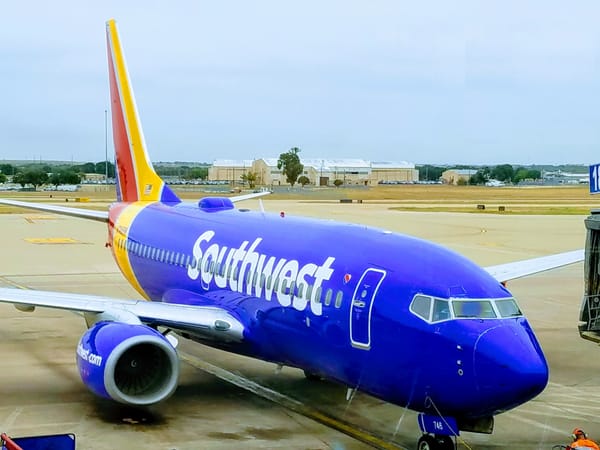A Day Trip through Gran Canaria
Discover Gran Canaria's hidden gems: Road trip from GC-60's volcanic vistas to Tejeda's alpine villages and Las Palmas' historic tapas streets.
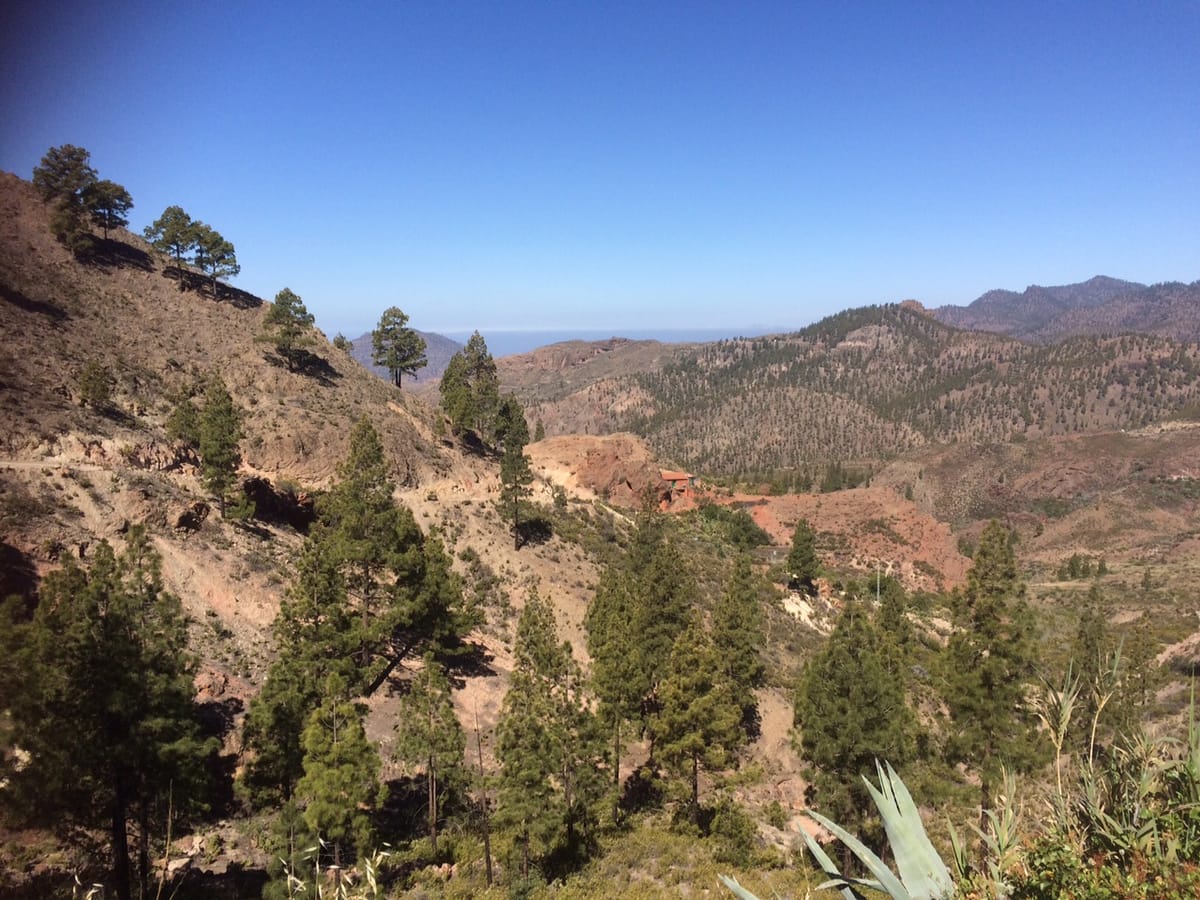
Gran Canaria Road Trip
If all you did in Gran Canaria was travel from the airport to Playa del Ingles, you would miss almost everything the island had to offer. On the 30 minute trip, you pass barren landscape, windmill farms and huge tent-like structures that house bananas and other vegetation for export. Although interesting in itself, it gives little indication of the incredible beauty of the rest of the island.
On a day trip, courtesy of the Gran Canaria Tourist Board, our guide, Juan Carlos, and driver, Jorge, took my companion and me through the middle of the island to the capital Las Palmas and then back to Playa del Ingles. It was a leisurely journey that took about nine hours.
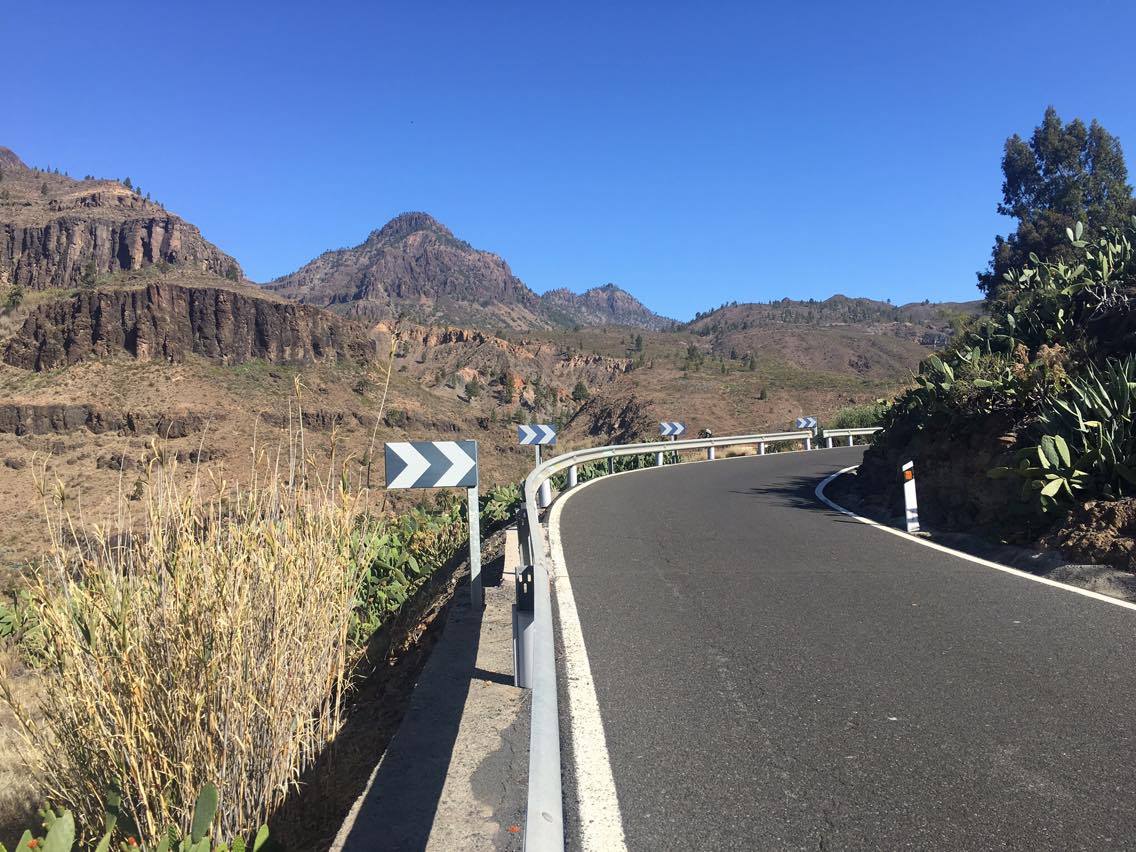
The scenery was spectacular from the moment we got on the GC-60, the highway that goes to the middle of the island. The windy highway took us past the Camel Safari Park and to a lookout point called Degollada de la Yejua. From there, we could look back through a valley and see the ocean. We could see for miles in every direction. There were hilltops, valleys and tiny villages in the distance.
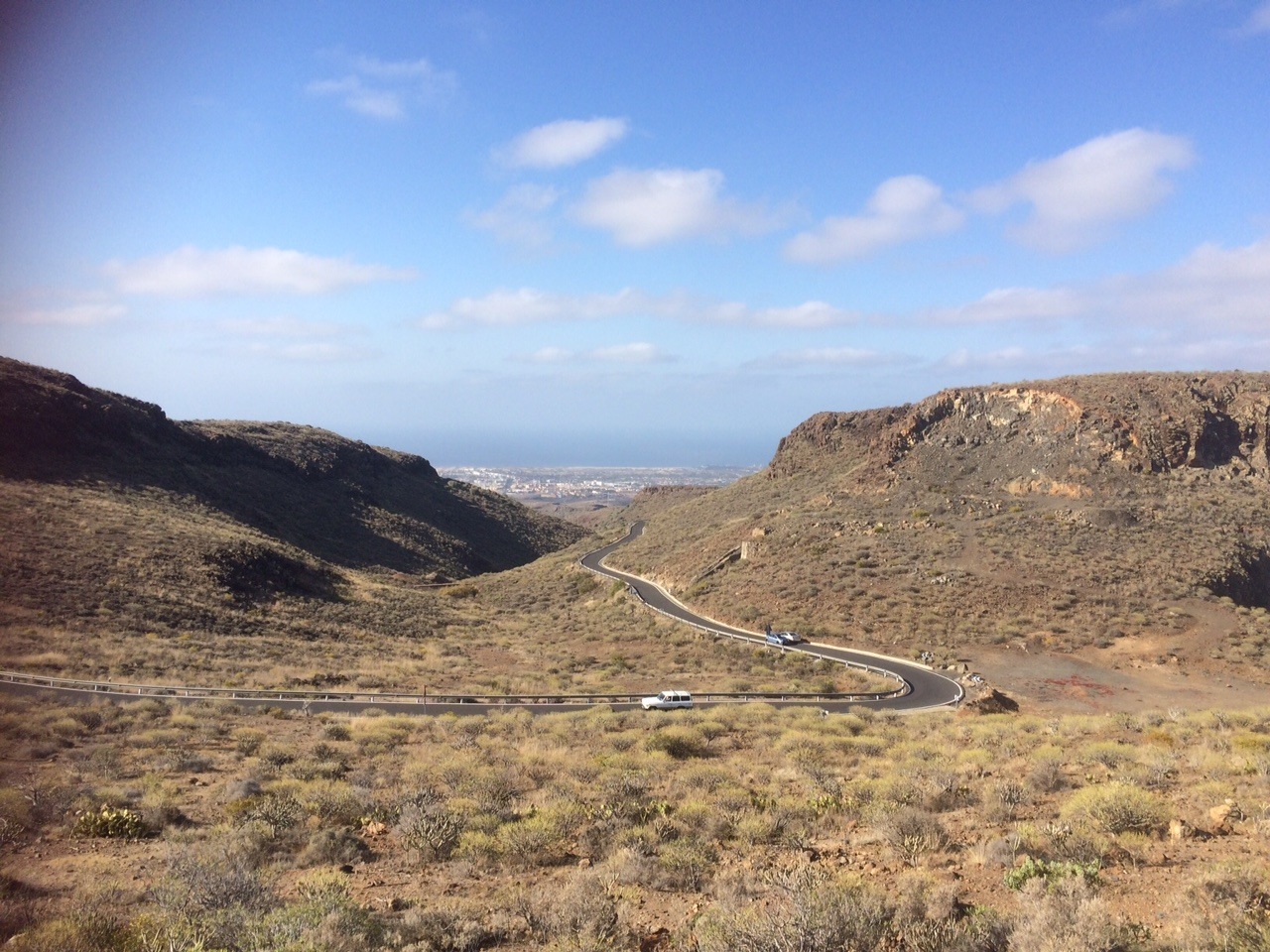
The landscape was made up of interesting rock formations and desert-type vegetation, with the occasional farm or vineyard thrown into the mix. As we continued along the GC-60, we drove through many small villages, some that only come alive during the holiday season when their inhabitants come from their jobs in the bigger centers of the island. There were oases too. On this particular thoroughfare there were 11 palm grove oases. One is the home of a resort and retreat, Finca Molino de Agua Hotel.
The tour continued through San Bartolome de Tirajana where we stopped to look out over the town and the surrounding area. Many people come to this town for trekking. People either trek through it or take one of the many treks around the town. One of the focal points of the area is Pico de las Neives, the highest point of the island at just under 2000m or 6400ft. It’s a military base and it houses satellites, a radar station and a facility to store snow, yes snow. The mountain is also pivotal for the weather conditions on the island.
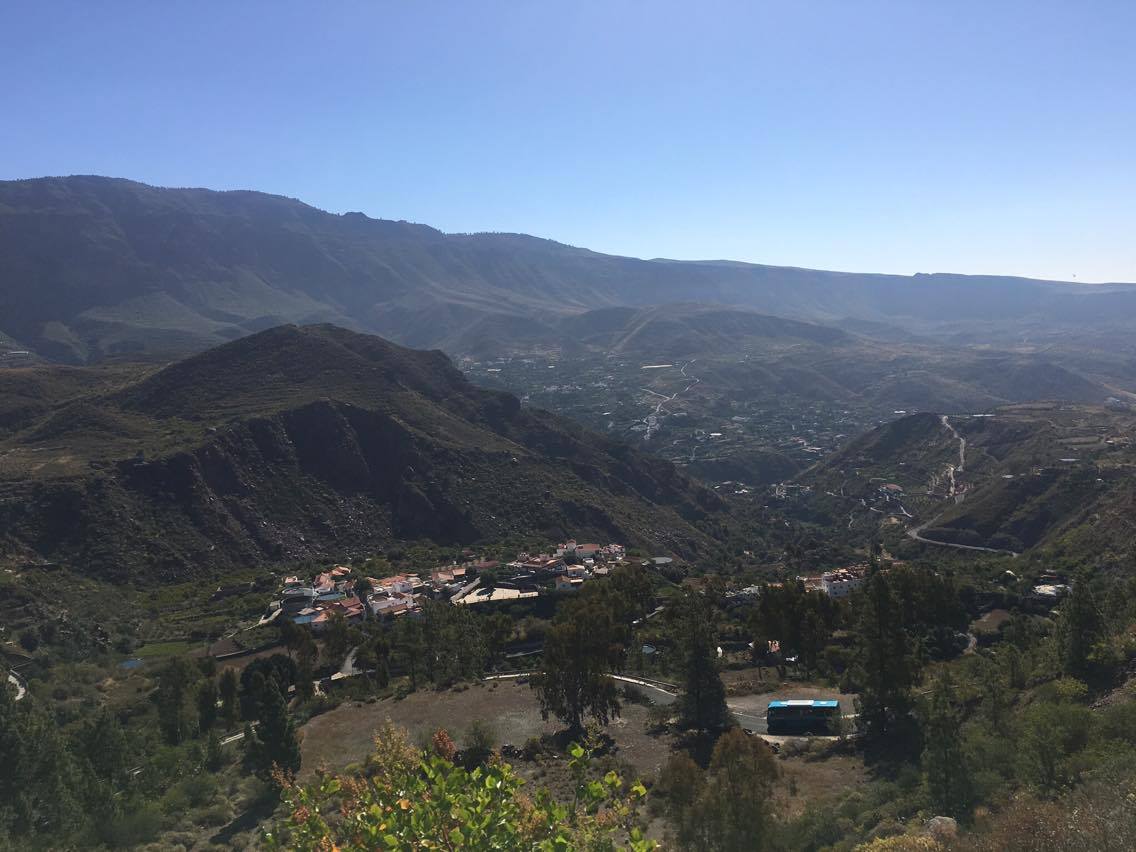
It changes dramatically from one side to the other. The temperature was 25 degrees when we left Playa del Ingles on the south side, on the other side of the mountain, in the north, less than 60 kilometres away, it went done to 14 degrees. It was a huge temperature drop and, clothing wise, one I was not prepared for. The vegetation changes too from a desert-type to one that is quite lush. There is more greenery with many more plants and flowers.
We continued on the GC-60 to Tejeda, a beautiful town set on the side of a hill overlooking a valley and two unique rock formations, the Roque Bentayga and the Rogue Nublo or Rock of the Clouds, a famous landmark of the island that is protected as a natural monument. In the distance, we could also see Mount Teide, a volcano on the island of Tenerife.
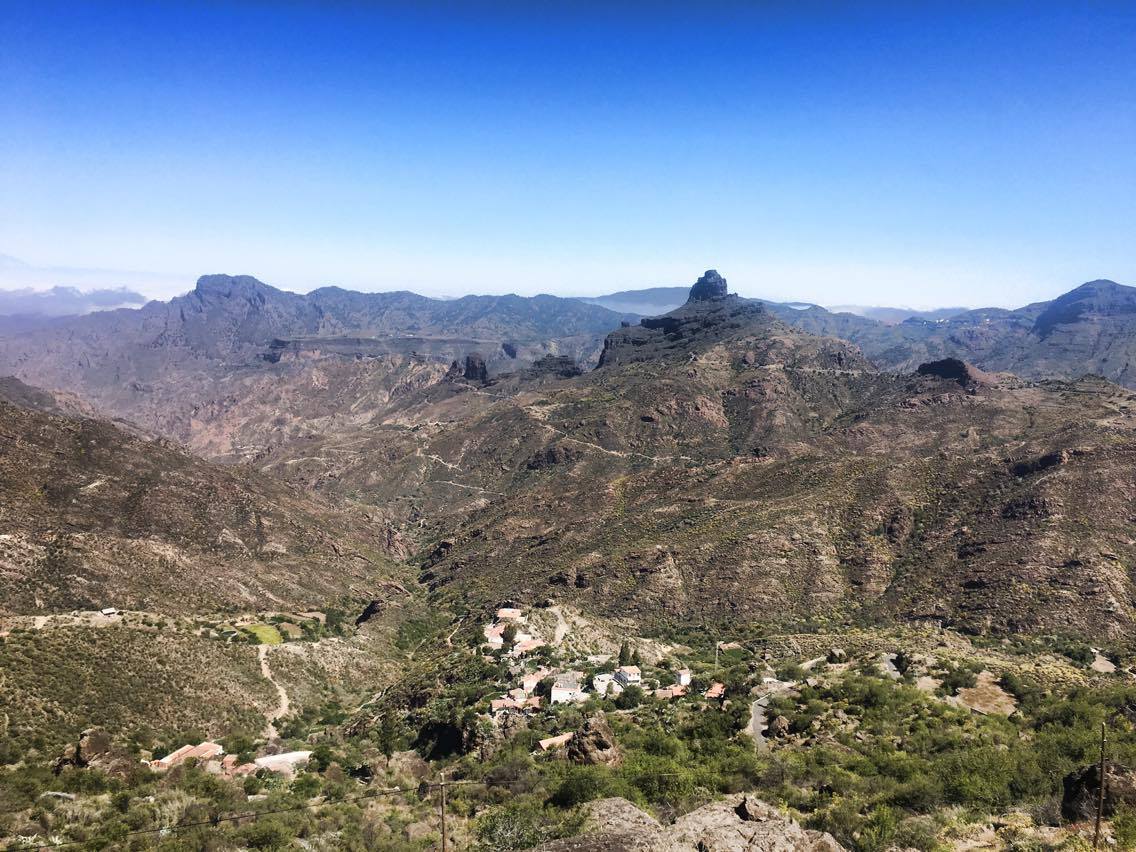
From the coastline of Gran Canaria, Tenerife is 59 kilometres away, and at 3718m, the volcano is the highest point in all of Spain. In days gone by, locals used to travel by boat to Tenerife to go to doctor appointments and to buy groceries rather than travel by road to Las Palmas, the capital, because of the poor infrastructure on the island. The infrastructure is only one of the many things that has improved on the island in the last couple of decades as the goal of the government has been to make the island accessible to all.
Tejeda is a small town similar to one you might find in the Alps. In May 2016, the Association of the Prettiest Villages in the World chose Tejeda as one of the prettiest towns in the world. It has an outdoor public swimming pool, restaurants with tables on the streets offering spectacular views of the valley and a couple of hotels. Situated almost in the middle of the island, you can’t help but think it’s a bit of a playground for the rich and famous. In fact, Serafina Sudrez Gracia, the owner of the Hotel Fonda de la Tea, a beautiful boutique hotel which opened in 2007, said Fay Marsay from Games of Thrones and the director James Hawes were due to stay in a few days.
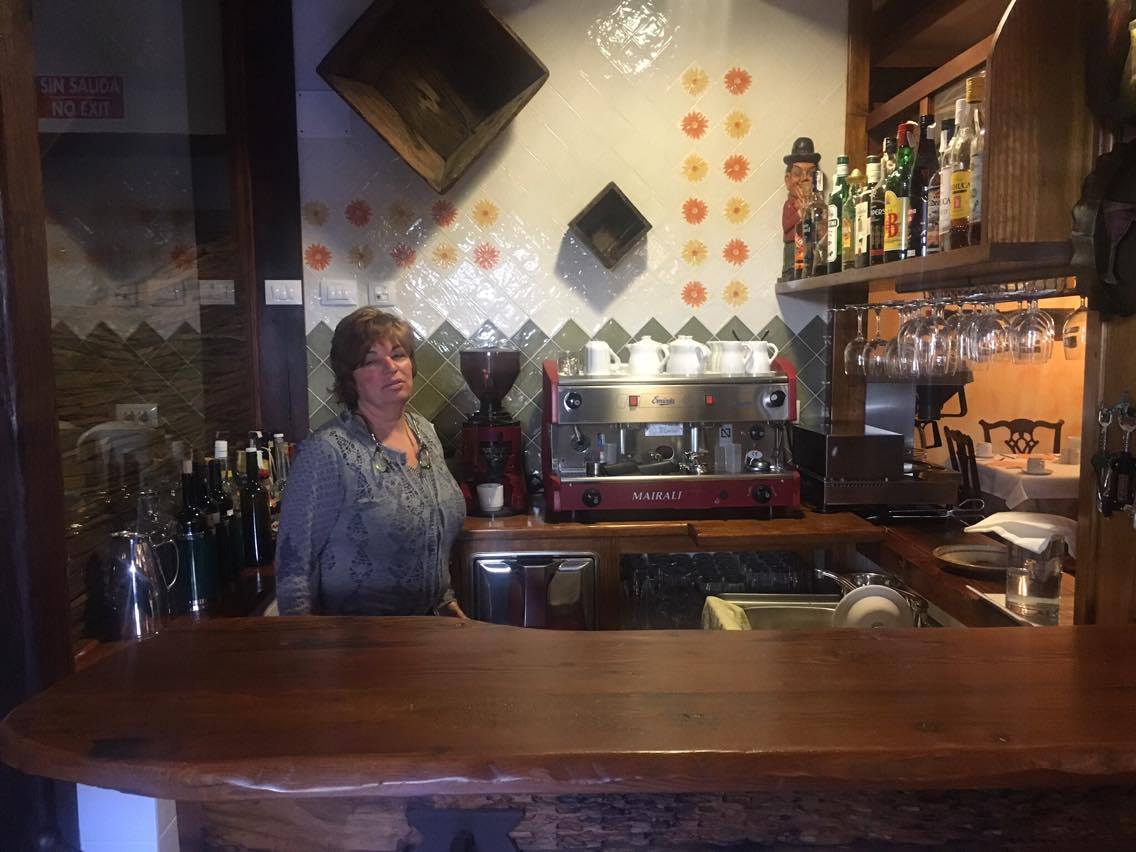
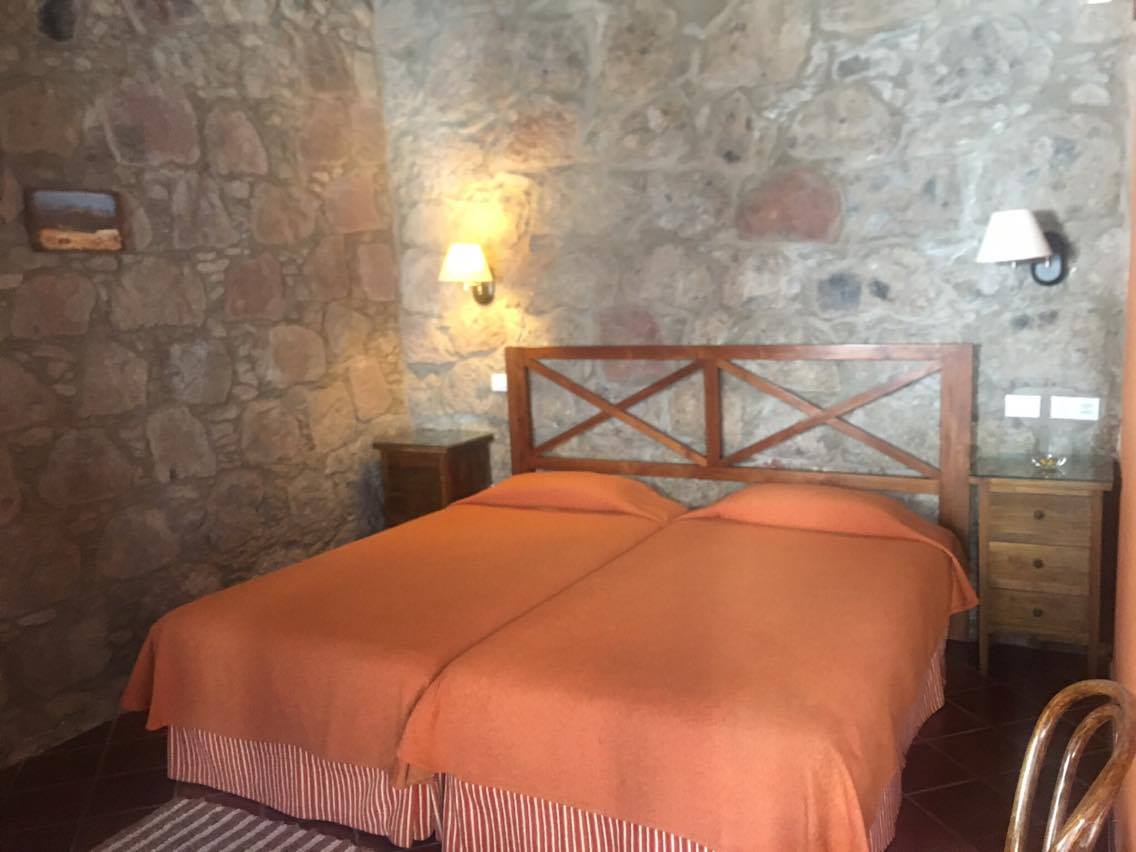
You can read reviews of Hotel Fonda de la Tea on Trip Advisor, a MilesGeek Affiliate. Links to Trip Advisor reviews are provided for all hotels on Gran Canaria that we viewed.
From there, we took the GC-15 a bit further up the mountain to Cruz de Tejeda where the Parador de Cruz de Tejeda, a state run hotel chain, is located. It’s a luxurious hotel and health spa with a great view that is located in the geographical centre of the island. Although there are a couple of restaurants across the street, the hotel, which has been voted one of the best in Spain, is quite remote. It would be a great place to just kick-back and relax for a few days. It’s only a 45 minute drive to the capital.
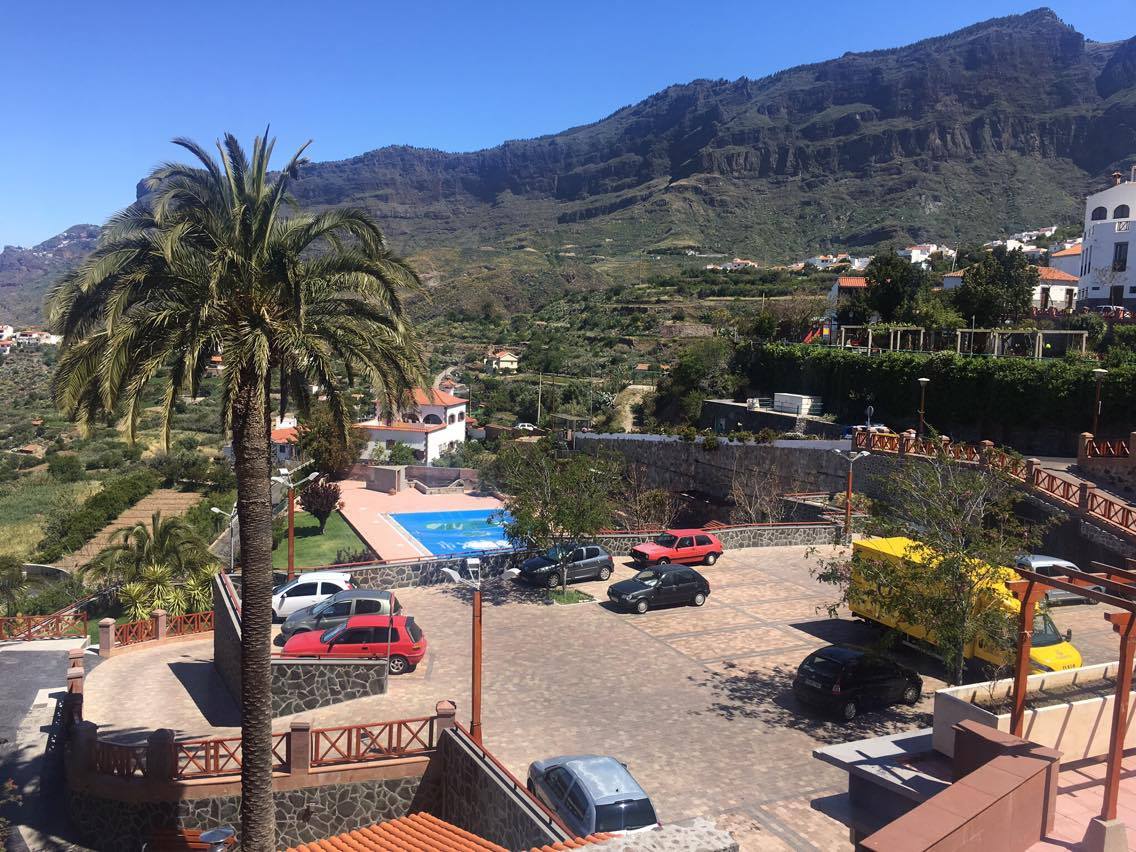
At this point, we started our way down the mountain on the CG-110 and with it came the drop in temperature. At one point we were driving above the clouds as we descended down the mountain. Around the town of Velleseco, it was very misty, even foggy. Hard to believe that it was sunny and warm just 10 minutes before.
We stopped for lunch in Teror, the religious centre of the island, which is famous for its mineral water. The lack of water is the biggest problem on the island. The tap water is undrinkable so water from a spring outside the town is bottled for people on Gran Canaria and those on other Canary Islands. Because the main source of income comes from mineral water, the town council bought a local bottling plant from a private firm some time ago and now its inhabitants reap the benefits including free gym memberships from its profits.
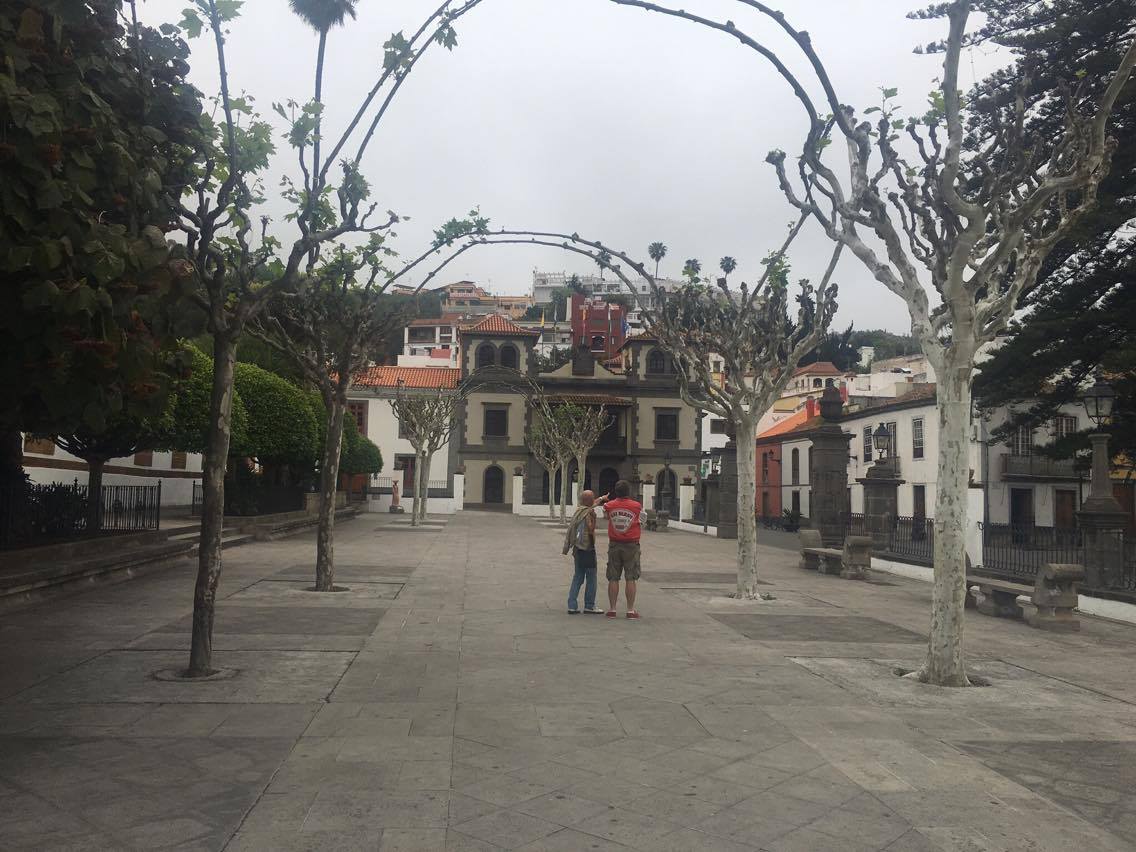
The focal point of the Teror is the Basilica de la Virgin del Pino which was built in the 18th century. It sits in the middle of town on a cobblestoned pedestrian footpath. Teror is also known for its colonial style houses and its market on a Sunday morning. At one time, it was also the favourite holiday destination for rich people on the island. Nowadays, most of the people who live in Teror are commuters who work in Las Palmas.
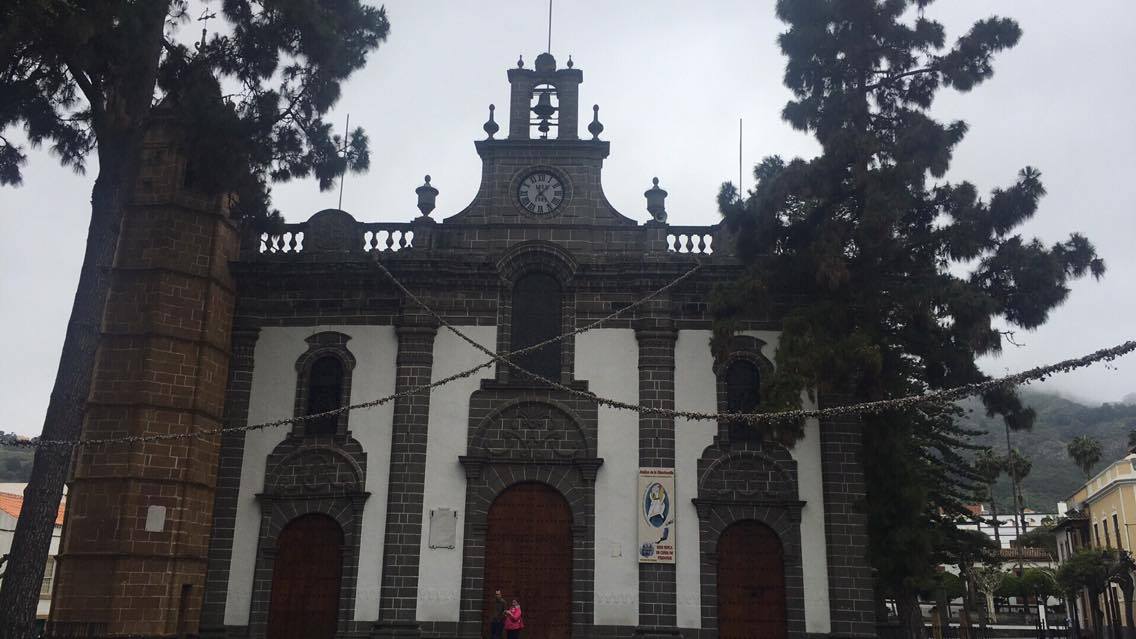
We had lunch at the Restaurante el Encuentro, a local restaurant a stones-throw away from the Basilica. It was very quaint inside with about a dozen tables. On the walls were pastel paintings depicting scenes of local life. For lunch, we had local Gran Canaria cuisine including smoked cheese with three different marmalades; pumpkin, orange and wild fruit.
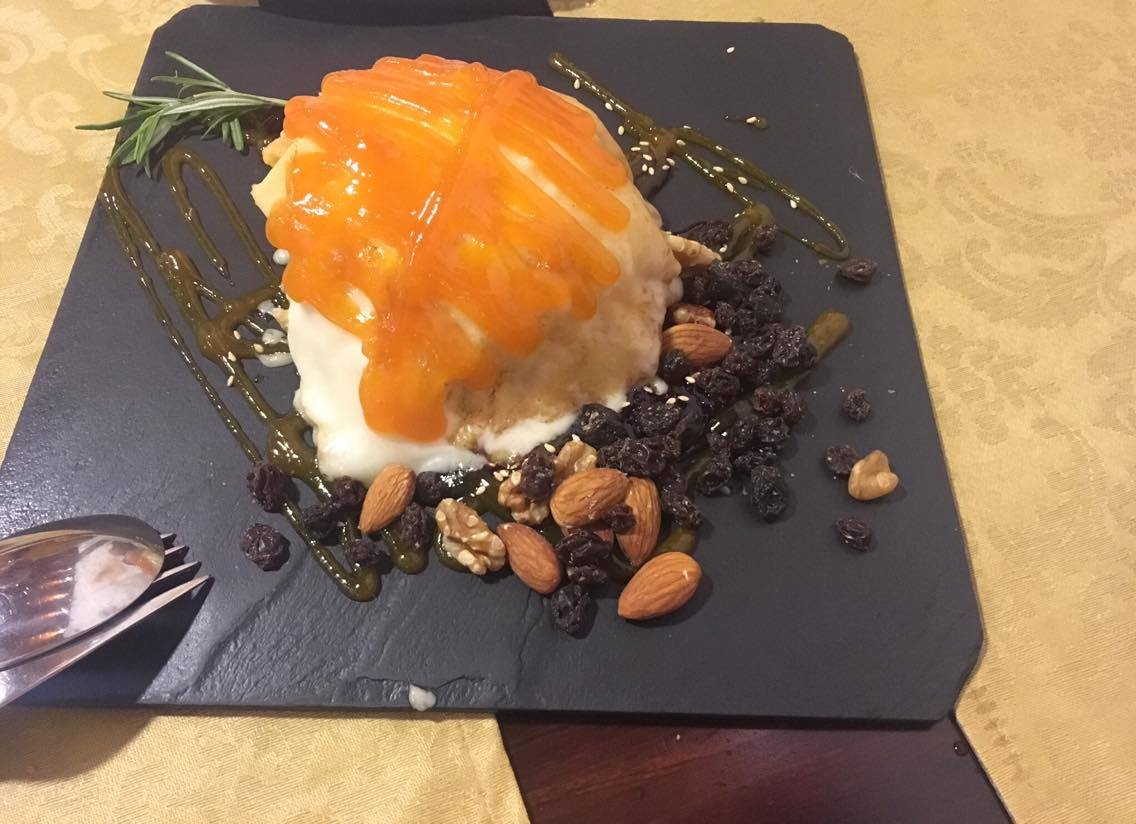
Next came Canarian wrinkled potatoes, garlic soup, and cod and prawns with pica pepper chestnut crème. The first thing we noticed when the food came to the table was the presentation. We could tell time, effort and a lot of love went into it. The restaurant is close to the tourist area but a favourite among locals.
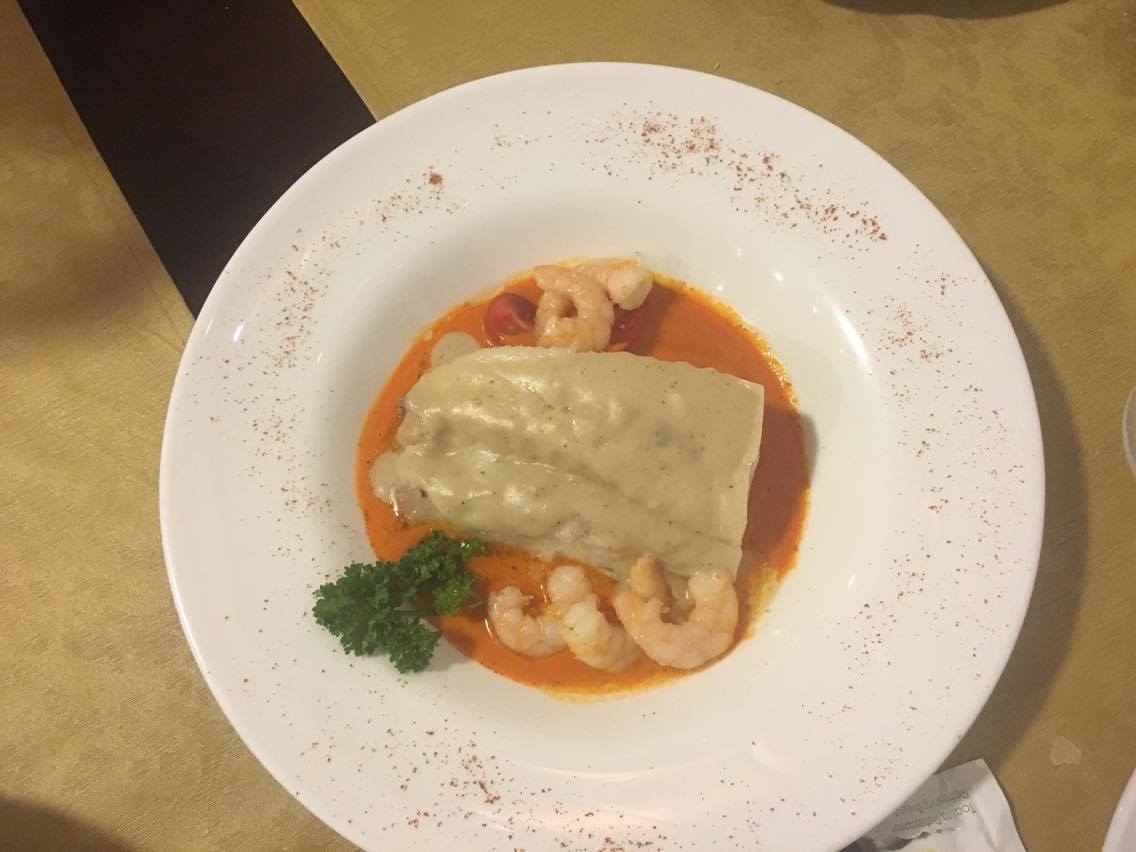
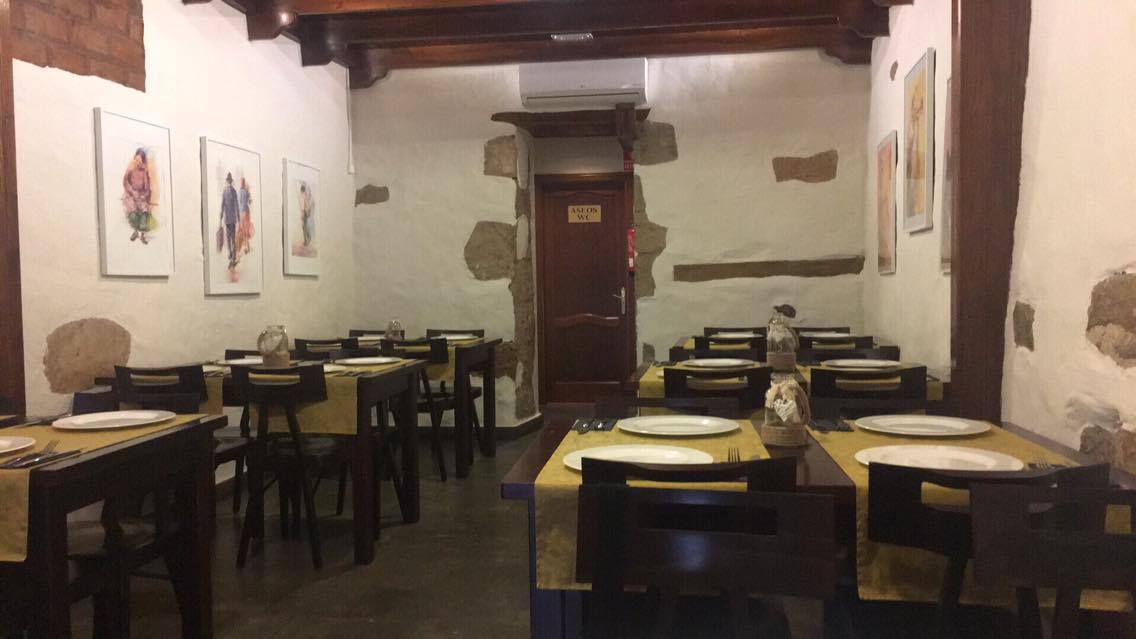
From there, we took the fast road into Las Palmas which is the cultural and economic capital of the Canary Islands. The Old Town is divided into the commercial section and the administration section. On one side was Calle Tirana, the historic center of Las Palmas.
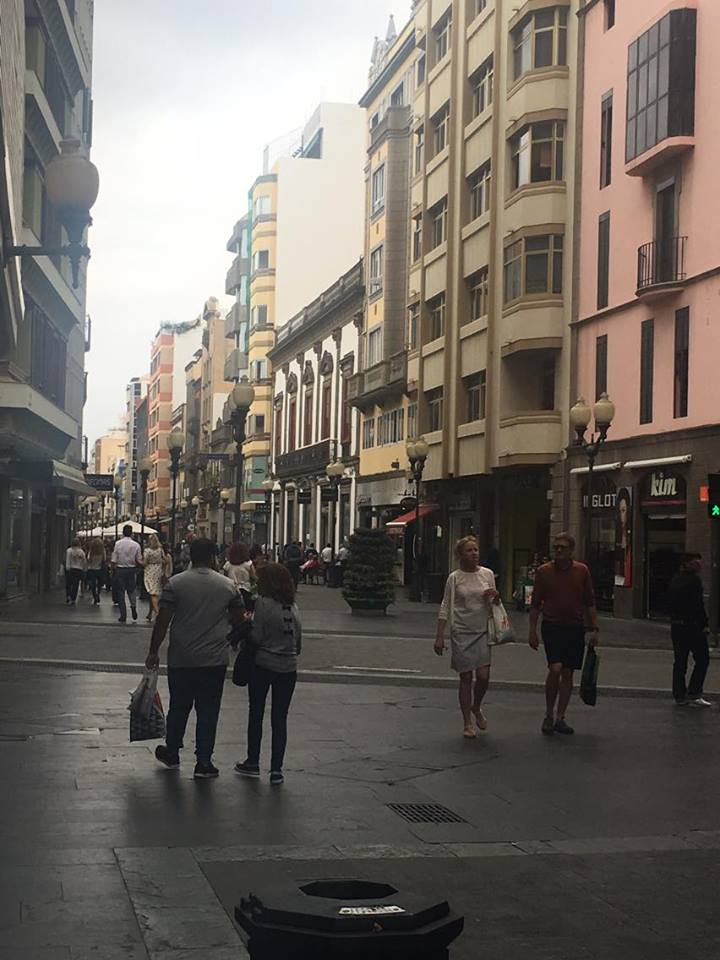
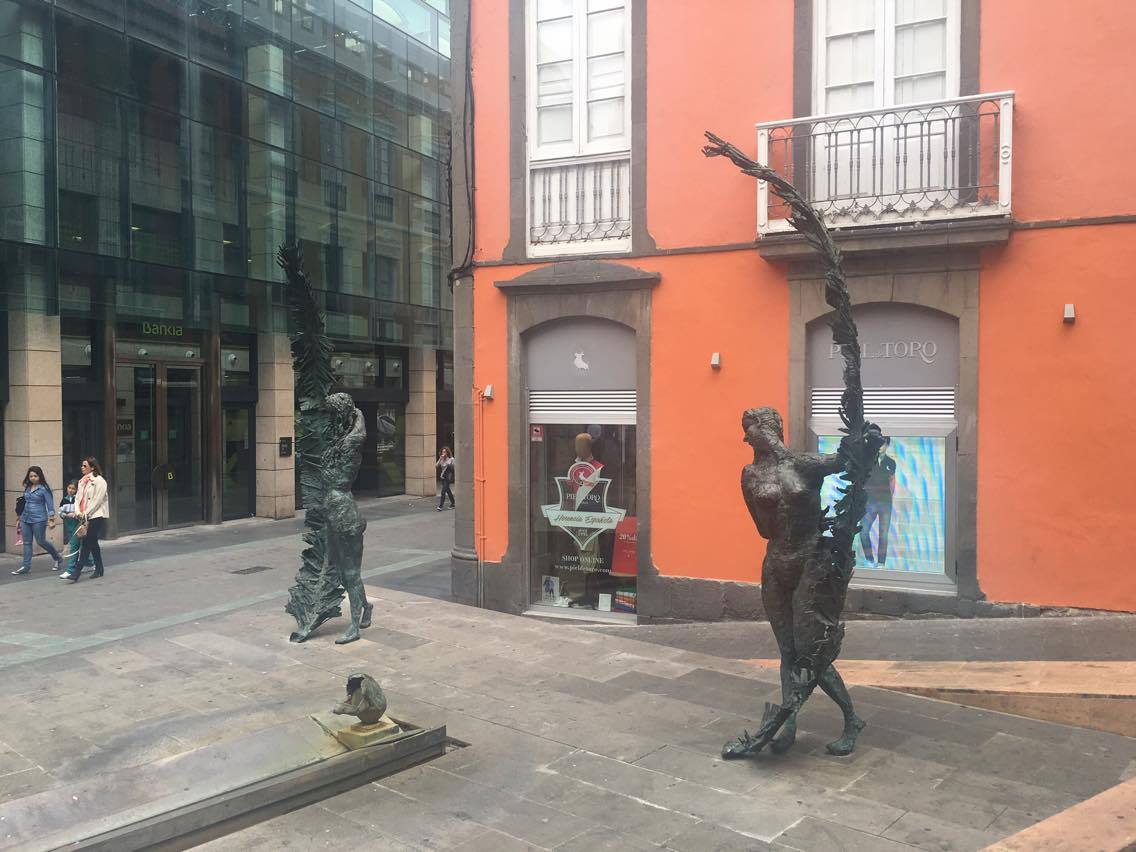
Now, it is a long pedestrian walkway with chain stores and high end stores on either side, with lovely outdoor cafes situated along the way. On the other side of the Old Town were offices and homes of sorts with very few eateries. However, on Thursday evenings in this area, it’s tapas day. It’s where students, families and business people alike congregate from 8pm to midnight to socialise. Beer or wine and tapas are on offer for about 3 Euros.
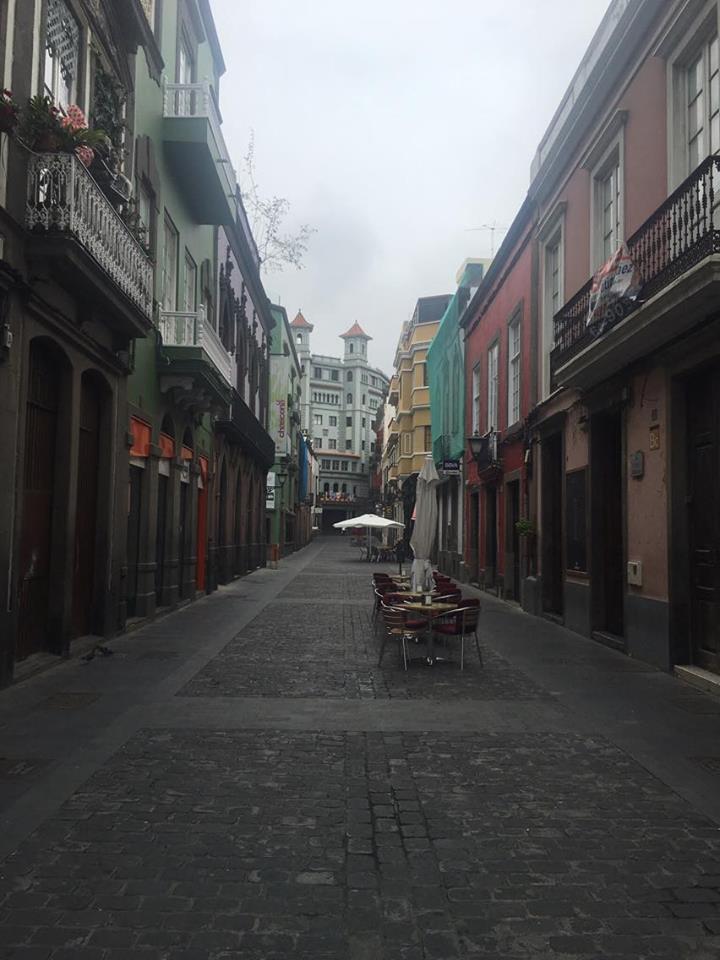
The old town is where you will literally run into history. Las Palmas was the last stop of ships on their way to North America during the slave trade. It’s also were Franco stayed, at the Hotel Madrid, before he set off to the mainland where he staged a coup in 1936. The explorer Christopher Columbus stopped in Las Palmas in 1492 on his way to discovering the “New World.” There is even a house that was built in his honour, the Casa de Colon, which is now a library and houses 24,000 history books.
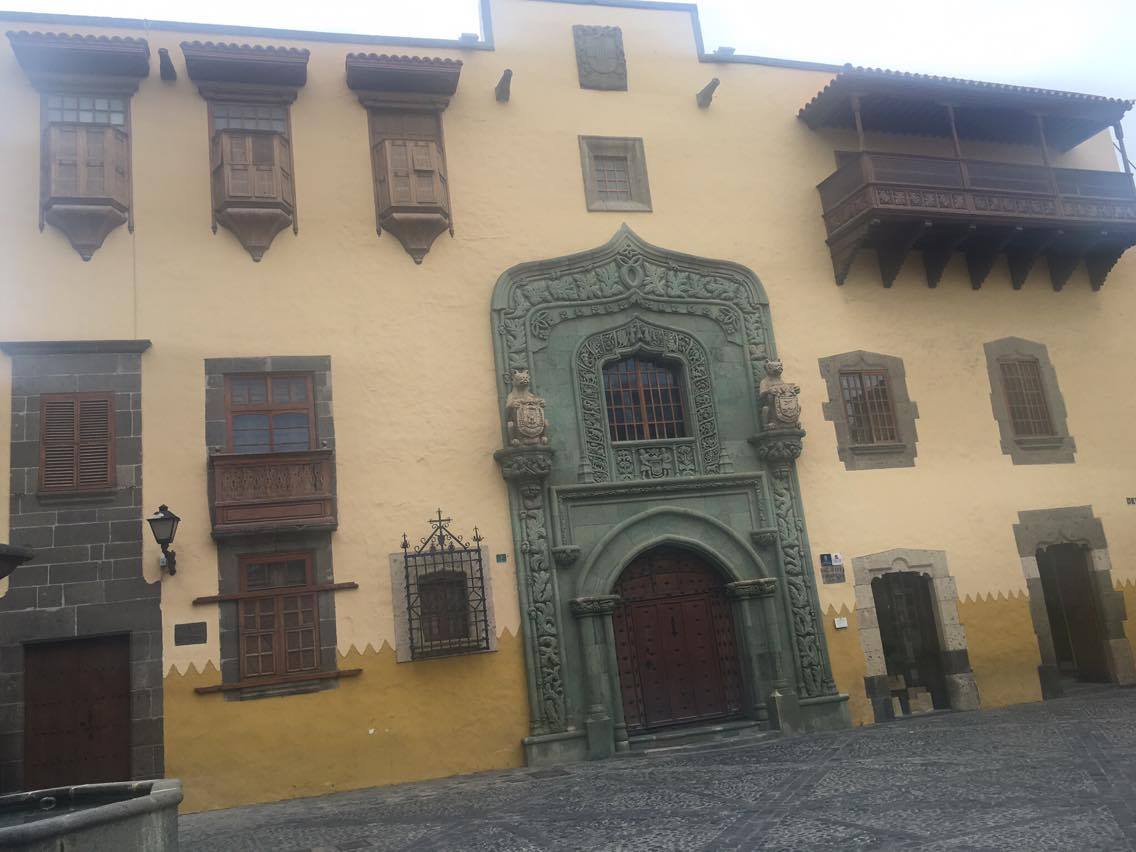
And if all that wasn’t enough, Brad Pitt was filming a movie in the capital while we were there. Although he had finished for the day, we did walk through the set. There is never a dull moment in Las Palmas. You never know what or who you might run into.
From Las Palmas, it was about an hours’ drive back along the main highway, the GC-1, to Playa del Ingles and my hotel for this trip, Apartamentos Las Arenas. The trip was a great day out. If you miss this journey through Gran Canaria, you will have missed a beautiful part of the world. If you ever visit Gran Canaria, the one day trip is a must.
Transport on the island and the day trip provided by the Gran Canaria Tourist Board. We have provided links to Trip Advisor reviews to all hotels mentioned in this article. Trip Advisor is a MilesGeek affiliate.



